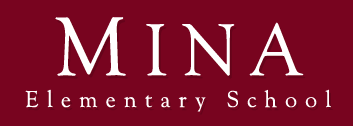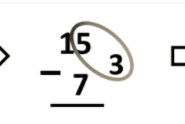Can you imagine a device that lets you easily communicate ideas, erase your mistakes, take anywhere, never needs charging and costs just a few cents? It's the pencil of course! We sometimes forget the magic around us. With so many digital programs out there and on the internet, in some cases students are beginning to spend the majority of their school day on a digital device. Technology is everywhere in our lives and should play a key part in our classrooms. Finding the right balance is something many schools are still struggling with. What’s the right amount of teacher/student interaction? Which skills are benefiting from digital programs? What are the drawbacks? When we set out to design Formative Loop, we immediately began with an all-digital program. We were surprised at what we found (although I am sure many of you will not be). Our goal was to make the best possible individualized math program focused on foundational skills. We knew that a daily practice was key to the success of this program. When we began testing in classrooms, it was quickly apparent that getting 20 second graders to login to a website suddenly didn't look like a quick 5-minute practice. Some schools didn't have enough devices. Even for those that had enough devices, it just didn't make sense for a quick practice since the duration of the practice was short.
Logistics aside, our second surprise was just how much magic there was to pencil and paper that our digital devices have simply not yet recreated. Children still need practice in number formation in these early years. Research was published in the journal, Learning Disability Quarterly where Virginia Berninger found that
"a keyboard doesn’t allow a child to have the same opportunity to engage the hand while forming letters…on a keyboard a letter is selected by pressing a key and is not formed…brain imaging studies with adults have shown an advantage for forming letters over selecting or viewing letters.”
Your brain works differently when putting pencil to paper! It stimulates a part of the brain called the Reticular Activating System, or the RAS. In Write It Down, Make It Happen, author Henriette Anne Klauser says that
“Writing triggers the RAS, which in turn sends a signal to the cerebral cortex: ‘Wake up! Pay attention! Don’t miss this detail!’
Amazing! This magic device in your hand, the pencil, is communicating directly with your brain and telling it to get with the program.
We have seen this in action throughout our classrooms now and believe strongly that pencil-paper has its place in math practice. It's extremely accessible compared to getting kids on computers. It provides students the mechanical practice of number formation which is critical at this age. Working through complex skills like regrouping benefit greatly. It also quickly identifies their learning gaps which allows the teacher to see their work and engage personally with that student. Long live the pencil! That is until a more magic pencil from a company like Apple is good enough and cheap enough of course.









